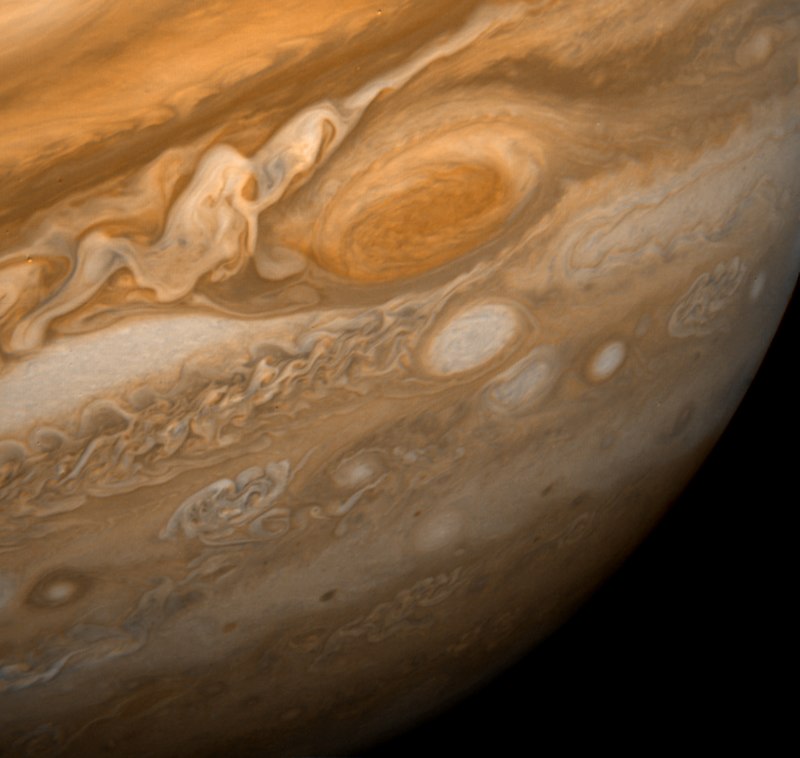NASA Unveils New Toolkit for Understanding Solar Phenomena

NASA's Heliophysics Education Activation Team (NASA HEAT) has launched an innovative educational toolkit, 'Explore the Sun', aimed at enhancing public understanding of solar science. The toolkit provides a wealth of information about the Sun's composition, as well as explanations for common phenomena such as sunburn, even on cloudy days. This initiative is being executed in partnership with the Astronomical Society of the Pacific and the Night Sky Network, with the objective of making solar science accessible to a broader audience.
The toolkit includes a variety of materials featuring images from NASA's Solar Dynamics Observatory, which captures different solar features, including sunspots, filaments, and prominences in various wavelengths. For instance, coronal mass ejections are depicted in X-ray images, while ultraviolet light captures details previously unseen by the naked eye. This multifaceted approach not only educates the public but also engages students and educators in solar science.
Dr. Lisa McCarthy, an astrophysicist at NASA and a leading figure in the toolkit's development, stated, "Our goal is to demystify the Sun. By providing high-quality images and comprehensive explanations, we hope to inspire curiosity and a deeper understanding of solar phenomena among students and the general public."
The educational toolkit arrives at a time when solar science is increasingly relevant due to its implications for Earth’s climate and space weather. The Sun influences satellite operations, telecommunications, and even power grids on Earth. As solar activity increases, understanding these influences becomes crucial. According to a report published by the National Oceanic and Atmospheric Administration (NOAA) in 2023, solar storms can disrupt technology and communication systems, making public education on these topics essential.
Experts emphasize the importance of such educational initiatives. Dr. Sarah Johnson, a Professor of Astronomy at the University of California, Berkeley, noted, "Public understanding of solar science is not just academic; it has practical implications for technology and safety. Engaging communities with educational tools can foster a more scientifically literate society."
In addition to visual resources, the toolkit includes activities designed to help educators incorporate solar science into their curricula. The Astronomical Society of the Pacific has committed to hosting workshops for teachers to facilitate this integration, thus promoting hands-on learning experiences.
Furthermore, the toolkit features observations of aurorae, both on Earth and other planets, captured by instruments on the International Space Station and telescopes like the Hubble and James Webb Space Telescopes. These stunning visuals serve to illustrate the Sun's impact beyond our planet and highlight the interconnectedness of solar phenomena with broader astronomical concepts.
The launch of the 'Explore the Sun' toolkit not only marks a significant step in public education but also underscores NASA's ongoing commitment to fostering interest in STEM (Science, Technology, Engineering, and Mathematics) fields. With the integration of solar science into educational frameworks, NASA aims to cultivate a new generation of scientists and informed citizens capable of addressing the challenges posed by solar activity and climate change.
In summary, NASA's initiative reflects an understanding of the critical role of education in fostering scientific literacy and public engagement. As solar phenomena increasingly affect technological systems, tools like 'Explore the Sun' are essential for preparing society to navigate the complexities of our solar environment and its impacts on Earth. This educational outreach signifies a proactive approach in bridging the gap between complex scientific concepts and public understanding, paving the way for informed discourse on solar science and its implications for everyday life.
Advertisement
Tags
Advertisement





